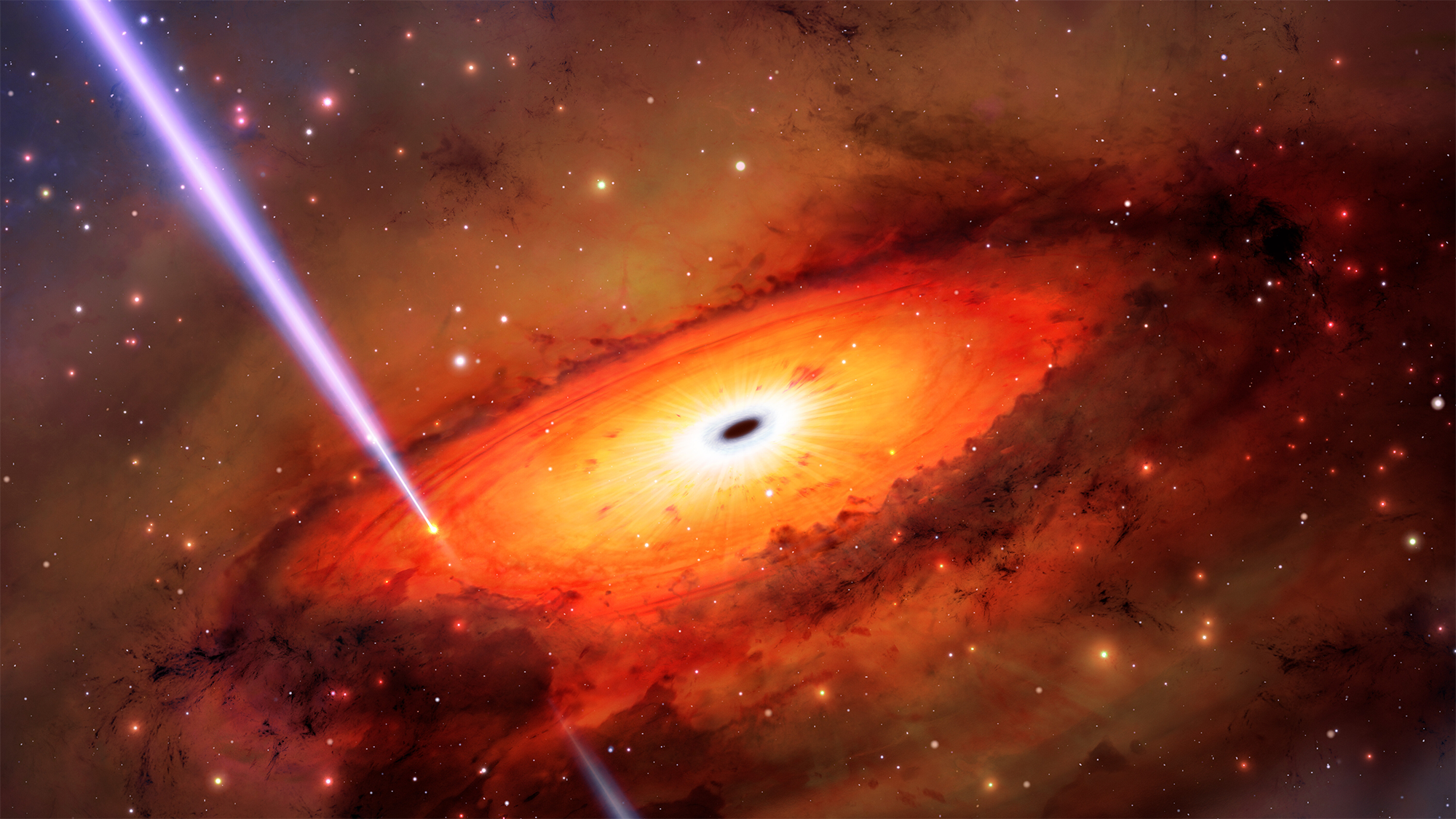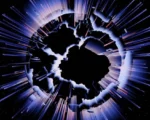Astronomers Discover Enormous Cosmic Explosions Outshining the Sun by 100-Fold

Astronomers Discover ‘Millinovas,’ a New Class of Explosive Stellar Events
Scientists have identified a new type of stellar explosion, dubbed “millinovas,” which are 100 times brighter than the Sun. These extraordinary phenomena were discovered during an analysis of data from the Optical Gravitational Lensing Experiment (OGLE). Published in The Astrophysical Journal Letters on December 12, the findings emerged from a study investigating gravitational microlensing events to search for primordial black holes in the Milky Way’s dark matter halo. The discovery of millinovas has opened a new chapter in our understanding of stellar interactions and cosmic events.
Observing Millinovas in Neighboring Galaxies
The observed millinovas were located in the Large and Small Magellanic Clouds, satellite galaxies of the Milky Way. Researchers identified 28 of these events, including one particularly well-documented explosion, OGLE-mNOVA-11, which occurred in November 2023. The event was scrutinized using advanced tools such as the Southern African Large Telescope (SALT) and NASA’s Neil Gehrels Swift Observatory. Detailed analysis revealed light signatures from ionized helium, carbon, and nitrogen atoms, along with X-ray emissions signifying temperatures exceeding a scorching 600,000 degrees Celsius.
Understanding the Origins of Millinovas
Przemek Mróz, a researcher from the University of Warsaw, shed light on the likely causes of millinovas. These explosive events are thought to occur in binary systems where material from an expanding subgiant star is transferred to a white dwarf. This process generates intense energy releases, resulting in bright outbursts that distinguish millinovas from other known stellar explosions. The characteristic X-ray emissions provide critical clues about their high-energy processes, further enriching our knowledge of binary star interactions.
A Step Forward in Stellar Evolution Research
The discovery of millinovas marks a significant advance in astrophysics, offering a unique perspective on how binary systems evolve and interact. By studying these events, scientists hope to better understand the dynamics of white dwarfs and their companions, as well as the role of such phenomena in shaping the surrounding environment. These findings may also contribute to broader inquiries into the life cycles of stars and the intricate processes that govern the cosmos. Millinovas are not just a scientific curiosity; they are a testament to the complexity and beauty of the universe.















